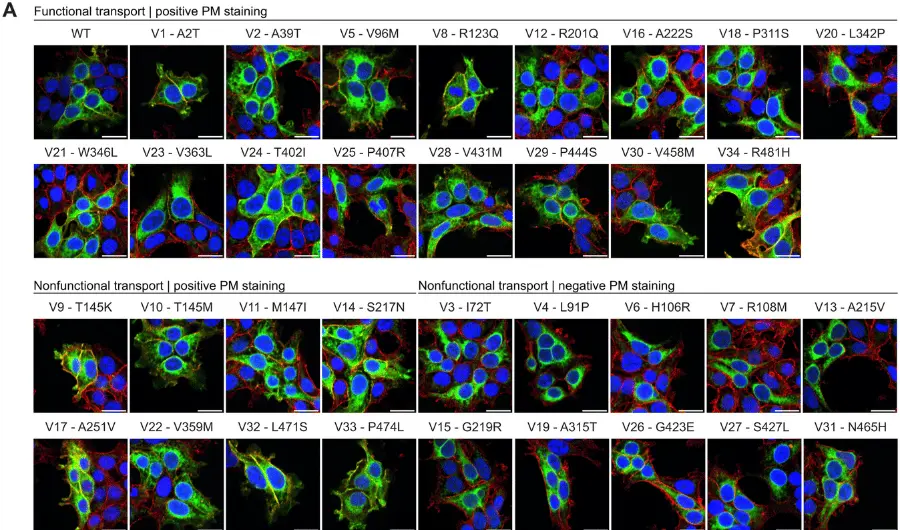Early-Life Seizures Prematurely Wake Up Brain Networks Tied to Autism
May 30, 2018
Early-life seizures prematurely switch on key synapses in the brain that may contribute to further neurodevelopmental delay in children with autism and other disabilities, suggests a new study from researchers at Penn Medicine published online in Cell Reports. Importantly, the study shows that an existing targeted therapy may keep those synapses “silent” after seizures to allow the brain to develop normally during a critical time in a person’s life. “Silent” synapses become active with experience, and removal of the reservoir of these synapses due to seizures results in a decreased capacity to engage these synapses in later learning.
Seizures from epilepsy early on in life have been linked to autism and other disorders–up to 40 percent of children with autism have epilepsy, for instance. However, mechanisms behind that relationship have been less understood. What is known is that early development of the brain involves a series of “critical periods” where synapses tied to learning and language skills are gradually activated. Seizures can lead to learning and cognition issues, past research has shown, but how they affect the critical periods of development remained unknown until now.
“Understanding the precise synaptic changes following seizures gives an opportunity to find treatments that can prevent this early ‘unsilencing,'” said senior author Frances E. Jensen, MD, chair of the department of Neurology and a professor of Neurology in the Perelman School of Medicine at the University of Pennsylvania. “The timing is important: We need to stop it right after the seizures and before a critical period of development in a child’s life so the brain can develop without any problems that may lead to future impairments.”







